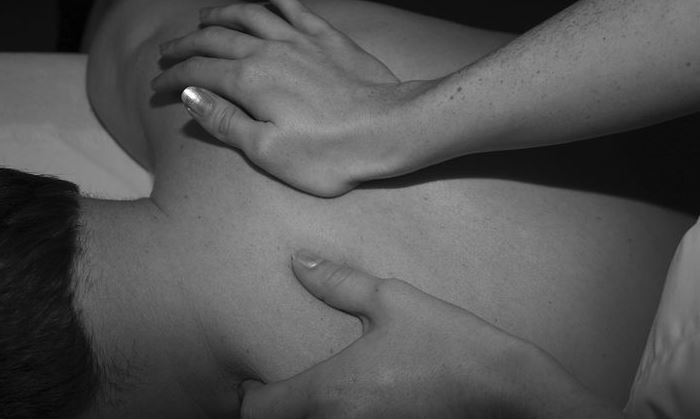Facts to know about sciatic nerve pains
Spinal sciatica describes the pain that emanates from the spinal nerve. The sciatic nerve once irritated it causes pain that radiates from the lower back region to the legs. This condition is usually common among people of aged between 30 to 50 years. For an individual to be described as one suffering from sciatic nerve pains, a pain must originate from the lower back region to the leg. Nevertheless, people mistake this condition by pain caused by either pinched sciatic nerve or any other condition.
Causes of sciatic nerve pain
Sciatic nerve pain also referred to as slipped disc, ruptured disc, or bulging disc can be brought about by a number reasons. The common causes that contribute to sciatica are lumbar herniated disc, degenerative disc disease, isthmic spondylolisthesis, and lumbar spinal stenosis. All these result to irritation of the nerve a consequently leading to sciatic nerve pains.
Sciatic nerve pain because of degenerative disc disease is common amongst the old. Disc degeneration is a natural part of aging. In some individuals, one or more degenerated disc in the lower back irritates the nerve root causing pain.
Symptoms
The most common symptom among individuals suffering from this condition is lower back pain extending to the back of the thigh and the leg. The degree of pain is different amongst different people. Some individuals may experience intolerable pain while for others it may be mild and infrequent. In addition to this pain may extend to the foot and toes in some individuals. Not forgetting, the condition can cause numbness and a tingling sensation.
 Treatment
Treatment
The treatment offered is majorly be influenced by the cause of sciatic. In most instances, natural remedies like Nerve Renew offer the best medicinal treatment. However, apart from seeking treatment, some natural ways may be considered while managing this condition. First, one can have a bed rest especially when the pain is not severe can reduce the pain. Secondly, the use of heat or an ice pack can help manage the pain Thirdly, regular exercises are also essential.
Why exercises?
Regular exercise may help expand the blood vessels hence facilitating blood movement. In addition to this activity plays a significant role in strengthening muscles. It is also important to ensure that regular low- intensity aerobic exercise become part of your lifestyle. Low –intensity aerobic exercise facilitate the release of endorphins. These neurochemicals in return act as natural painkillers.

